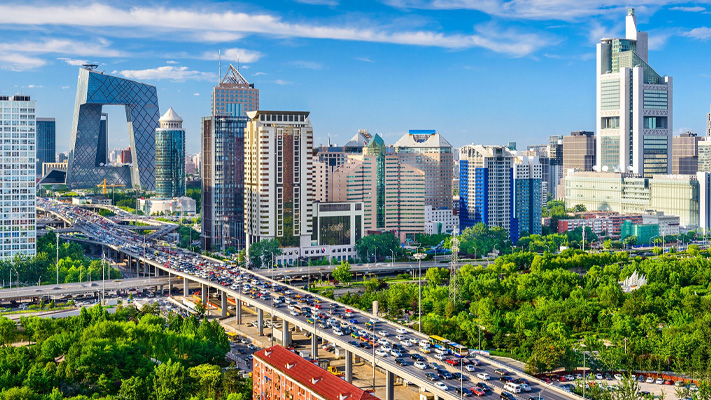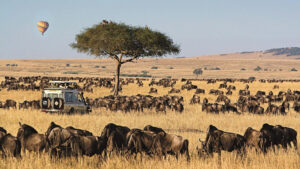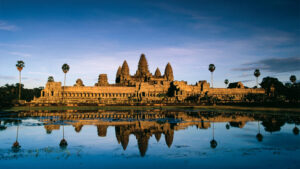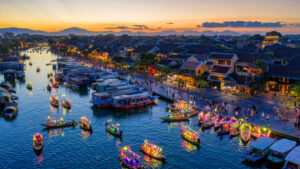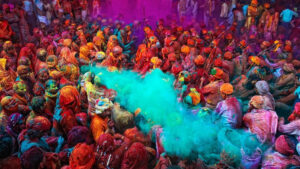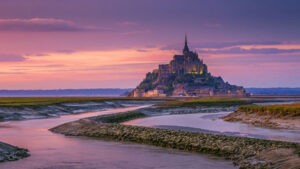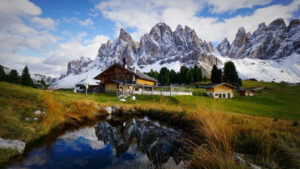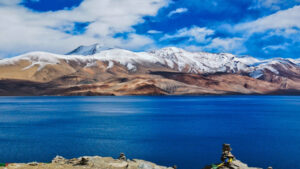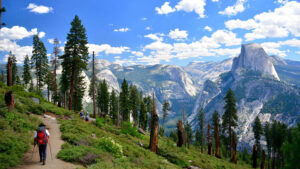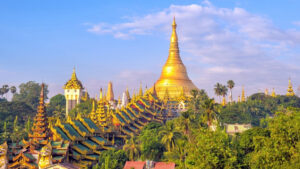BEIJING – DISCOVER THE ANCIENT TREASURES OF CHINA’S CAPITAL CITY

Beijing is the capital city of China and one of the world’s most populous cities. It is located in the northeastern part of China and has a rich history that spans over three millennia. Here are some interesting facts about Beijing:

- History: Beijing has a long and fascinating history, with evidence of human habitation dating back over 700,000 years. The city has served as the capital of China for much of its history, and has been known by various names throughout the centuries, including Peking and Beiping.
- Landmarks: Beijing is home to many famous landmarks, including the Forbidden City, the Great Wall of China, and the Temple of Heaven. These sites are not only important to China’s history but are also recognized as UNESCO World Heritage sites.
- Culture: Beijing is renowned for its rich cultural heritage, including its cuisine, arts, and architecture. Visitors can enjoy traditional Chinese performances, visit ancient temples and museums, and explore the city’s many markets and shops.
- Modernization: In recent years, Beijing has undergone rapid modernization and development, with impressive skyscrapers, high-speed transportation systems, and modern shopping centers. The city has become a global hub for business, technology, and innovation.

- Olympics: Beijing hosted the 2008 Summer Olympics, which was a significant event in the city’s history. The Olympic venues, including the iconic Bird’s Nest stadium, are now popular tourist attractions.
The city is a fascinating blend of ancient and modern, and offers a wealth of experiences for visitors to explore and enjoy.
Things to Do
1. Visit a museum: Beijing is home to many world-class museums, such as the National Museum of China, the Palace Museum (also known as the Forbidden City), and the Capital Museum. These museums offer insights into Chinese history, art, and culture.
2. Try Chinese cuisine: Beijing is famous for its cuisine, which includes dishes such as Peking duck, dumplings, and hotpot. You can find these dishes at many restaurants throughout the city.

3. Explore the city’s parks: Beijing has many beautiful parks, such as the Summer Palace, Beihai Park, and Jingshan Park. These parks are great places to relax, exercise, and enjoy the outdoors.
4. Shop at local markets: Beijing has many local markets where you can find unique souvenirs, clothing, and other goods. Some popular markets include the Silk Market, Panjiayuan Antique Market, and Liulichang Street.
5. Attend a traditional Chinese performance: Beijing is home to many theaters and performance venues where you can watch traditional Chinese performances, such as Peking Opera, acrobatics, and martial arts.
6. Visit a temple or shrine: Beijing has many historic temples and shrines, such as the Temple of Heaven, the Lama Temple, and the Confucius Temple. These sites offer insights into Chinese religion and culture.
7. Take a day trip: If you have time, consider taking a day trip from Beijing to visit nearby attractions such as the Great Wall, the Ming Tombs, or the Chengde Mountain Resort.
8. Shop at the Silk Market: The Silk Market is a popular destination for tourists who want to buy silk products, souvenirs, and other Chinese goods. Visitors can negotiate prices with the vendors and enjoy a unique shopping experience.
9. Strolling through the Summer Palace: The Summer Palace is a beautiful palace complex that served as a summer retreat for the emperors of the Qing dynasty. It features several gardens, temples, and pavilions and is a UNESCO World Heritage Site.

10. Visit the Beijing Zoo: The Beijing Zoo is a popular attraction for families with children. The zoo features a wide variety of animals, including pandas, elephants, tigers, and more.
Must See Places
Beijing is a fascinating place with a rich history and culture. Here are some must-see places to visit while in Beijing:
- The Great Wall of China: The Great Wall is one of the most iconic landmarks in China and a must-see for any visitor to Beijing. There are several sections of the wall that can be visited, including Mutianyu, Jinshanling, and Badaling.
- The Forbidden City: The Forbidden City is an imperial palace that was home to emperors of the Ming and Qing dynasties. It is a UNESCO World Heritage Site and one of the most important cultural and historical landmarks in Beijing.
- Tiananmen Square: Tiananmen Square is the largest public square in the world and the site of several important events in Chinese history. It is also home to several landmarks, including the Monument to the People’s Heroes and the Mausoleum of Mao Zedong.

- Temple of Heaven: The Temple of Heaven is a complex of religious buildings that were used by emperors of the Ming and Qing dynasties for annual ceremonies of prayer to Heaven for good harvests.
- Summer Palace: The Summer Palace is a beautiful palace complex that served as a summer retreat for the emperors of the Qing dynasty. It features several gardens, temples, and pavilions, and is a UNESCO World Heritage Site.
- Beijing Olympic Park: The Beijing Olympic Park is a complex of sports venues that were used during the 2008 Summer Olympics. It includes the National Stadium (Bird’s Nest) and the National Aquatics Center (Water Cube).
- Beihai Park: Beihai Park is a beautiful imperial garden that was built during the 11th century. It features several lakes, islands, and temples, and is a popular spot for locals and tourists alike.
- Lama Temple: The Lama Temple is a Tibetan Buddhist temple that was built during the Qing dynasty. It is a popular tourist attraction and a must-see for anyone interested in Buddhism and Tibetan culture.
- 798 Art Zone: 798 Art Zone is a district of Beijing that is known for its contemporary art galleries, cafes, and shops. It is a great place to explore and discover the modern art scene in Beijing.

- Hutongs: The Hutongs are narrow alleys and traditional courtyard houses that are a characteristic feature of Beijing. They provide a glimpse into the city’s rich history and culture and are a must-visit for anyone interested in traditional Chinese architecture.
Important Points to Note
- Weather: Beijing has a continental climate with hot summers and cold winters. It’s important to pack accordingly depending on the time of year you plan to visit. Spring and fall are generally the best times to visit due to milder temperatures.
- Language: Mandarin Chinese is the official language of China and is widely spoken in Beijing. It’s a good idea to learn some basic phrases or carry a translation app to help with communication.

- Transportation: Beijing has a well-developed public transportation system, including a subway system, buses, and taxis. It’s important to familiarize yourself with the routes and schedules to make getting around the city easier.
- Currency: The official currency in China is the Chinese yuan (CNY). It’s a good idea to exchange some money before arriving or withdraw cash from ATMs.
- Cultural norms: China has a unique culture, and it’s important to be aware of cultural norms and customs. For example, it’s customary to remove your shoes when entering someone’s home or a temple.



